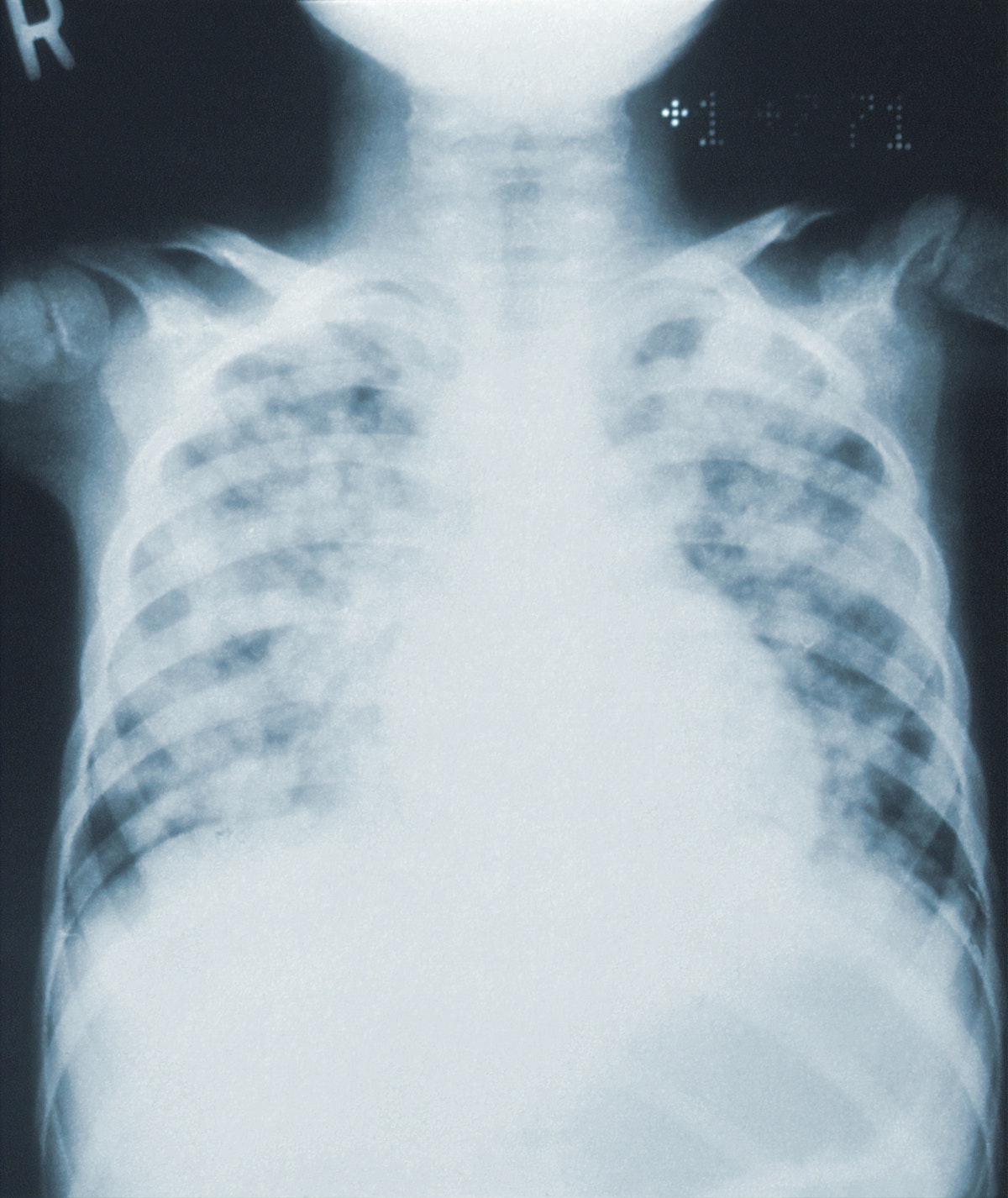Lung cancer is the second most common cancer in men and women in the United States with over 200,000 new cases annually. Unfortunately, it is by far the deadliest cancer, accounting for 25-30% of annual cancer deaths. One reason for the high mortality of lung cancer is the late stage at which the cancer is detected. Early stage lung cancers are often curable with surgical resection but more difficult to detect. Only in later stages do patients typically develop symptoms such as chest discomfort, coughing up blood, shortness of breath, or pain in sites of cancer metastasis. Once lung cancer progresses to the later stages, it becomes more difficult to treat with increased mortality.
This raises the question: How can we detect lung cancer earlier where the cancer is at a treatable stage? A large study enrolling over 50,000 patients at multiple large U.S. centers tried to answer this question. Former smokers at high risk for lung cancer were the target participants. Patients were randomly selected to undergo lung cancer screening with either an annual low-dose CT scan or a plain chest x-ray study. Study participants were followed for at least three years. The results of the study showed that patients in the low-dose CT scan group had a reduction in mortality compared to patients in the chest x-ray group. A similar study conducted in Europe published comparable results. Based on these screening studies, professional medical societies, including the U.S. Preventive Services Task Force, recommend annual lung cancer screening in high risk patients with a low dose CT scan. To qualify, patients have to be between ages 55 to 77 with a 30 pack-year smoking history and having smoked within the last 15 years. Note that as of 2021, the US preventive services task force recommends lung cancer screening for patients ages 50-80 with a total of 20 pack-year smoking history and who have smoked within 15 years.

If you are a former or current heavy smoker, discuss the pros and cons of lung cancer screening with your care providers. The benefit of screening is early detection of lung cancer, increasing the chances of a cure. However, there are many downsides to screening that patients should consider. Patients opting for screening will have high levels of radiation exposure with annual CT scans. There is also a high potential for false-positive results. In the lung cancer screening trials, over 90% of the nodules detected were false positives, meaning the detected abnormality on the screening CT scan was actually a benign process. Once a nodule is detected on a screening CT scan, more workup needs to be done including closer interval CT scan monitoring or even invasive procedures such as a needle biopsy. Understandably, this can lead to significant anxiety for the patient.
Bottom line, if you are a former or current smoker, have a discussion with your physician about enrolling in an approved lung cancer screening program. Most importantly, if you are a current smoker, please consider quitting. Smoking cessation remains the most effective therapy to reduce the risk of lung cancer.